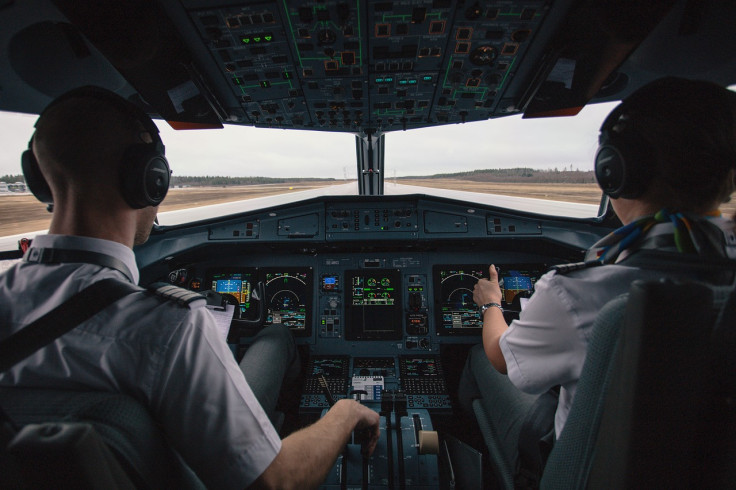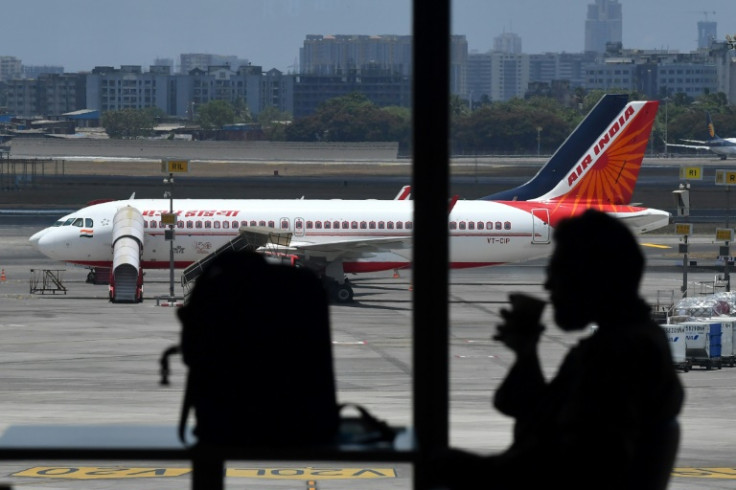Air India Crash Update: Pilot Claims Plane Was Already Plagued by Electrical and Digital Failures Before Flight
It has emerged that just hours before the fatal flight, the aircraft was flagged for a technical issue by a different pilot.

Fresh revelations into the tragic crash of Air India Flight 171 have uncovered a series of electrical and digital malfunctions in the weeks leading up to the accident, prompting questions over whether technical faults may have played a role in the fatal sequence of events.
The Boeing 787 Dreamliner crashed less than a minute after take-off from Ahmedabad on June 12, killing all but one of the 242 people onboard, including all passengers and crew on board, and 19 people on the ground.
Last week, a preliminary investigation report suggested that there was a sudden fuel shut-off to both engines shortly after lift-off, as the cockpit audio revealed the conversation between the two pilots over the fuel switch. However, investigators are now also examining whether a broader pattern of technical issues contributed to the disaster.
Mechanical Concerns Prior to Crash
It has since emerged that just hours before the fatal flight, the aircraft was flagged for a technical issue by a different pilot. According to reports from Indian media, the entry in the technical log identified a fault with the 'stabiliser position transducer', a sensor that controls the aircraft's nose movement and relays critical pitch data to the flight control system.

Although engineers reportedly followed Boeing's troubleshooting guidance, the issue was considered serious. One official told The Indian Express, 'The malfunction is a critical issue as it can trigger incorrect responses in flight control, including unintended fuel cut-off signal.'
This was not the first fault reported on the same aircraft. Investigators have noted at least two other incidents in the weeks prior, including a false fuel system warning and an electrical malfunction that forced a flight cancellation. In one case, on December 12 2024, the same aircraft was grounded due to a major electrical failure before it was cleared to fly the next day.
Investigators are now exploring whether an 'uncommanded transition,' a term referring to switches being triggered without pilot input, could have played a role in the engines shutting down after take-off.
Early Clues from the Cockpit
According to a preliminary report by India's Aircraft Accident Investigation Bureau (AAIB), the aircraft's two fuel control switches were found to have been turned off moments after take-off. Voice recordings from the cockpit revealed one pilot questioning the other, asking, 'Why did you cut off?' referring to the fuel supply. The other pilot responded, 'I didn't.'

While the initial report did not specify who made which statement, US officials familiar with black box data told The Wall Street Journal that it was Captain Sumeet Sabharwal who had moved the switches, and that First Officer Clive Kunder, who was flying the aircraft, had expressed alarm. The switches were reportedly flipped off in quick succession and turned back on roughly ten seconds later. One engine restarted, but it was too late to regain thrust or altitude.
A distress call of 'Mayday, mayday, mayday' was made, but the aircraft had only reached an altitude of about 400 feet before losing power and crashing into a building, which was apparently an accommodation centre for medical students.
Questions Over Pilot and Airline Conduct
While technical issues are under scrutiny, the actions of Captain Sabharwal remain a key focus and have also become a centre point of a major controversy.
US officials reportedly believe he may have been responsible for shutting off the fuel supply, although it remains unclear whether this was intentional or an accident. According to recent reports, Sabharwal, a veteran pilot, was dealing with personal stress and had considered resigning prior to the crash.
Meanwhile, Air India has stated that no defects were found in the fuel switch mechanisms of its other Boeing aircraft following precautionary inspections.

Furthermore, the Federation of Indian Pilots has strongly criticised how the preliminary report has been interpreted. Its president, Captain C.S. Randhawa, said the release lacked comprehensive data and 'appears to rely selectively on paraphrased cockpit voice recordings to suggest pilot error.' He added, 'Assigning blame before a thorough, transparent, and data-driven investigation is both premature and irresponsible.'
As investigators continue to piece together the events leading to the crash, both mechanical integrity and human decision-making remain under close examination.
© Copyright IBTimes 2025. All rights reserved.





















